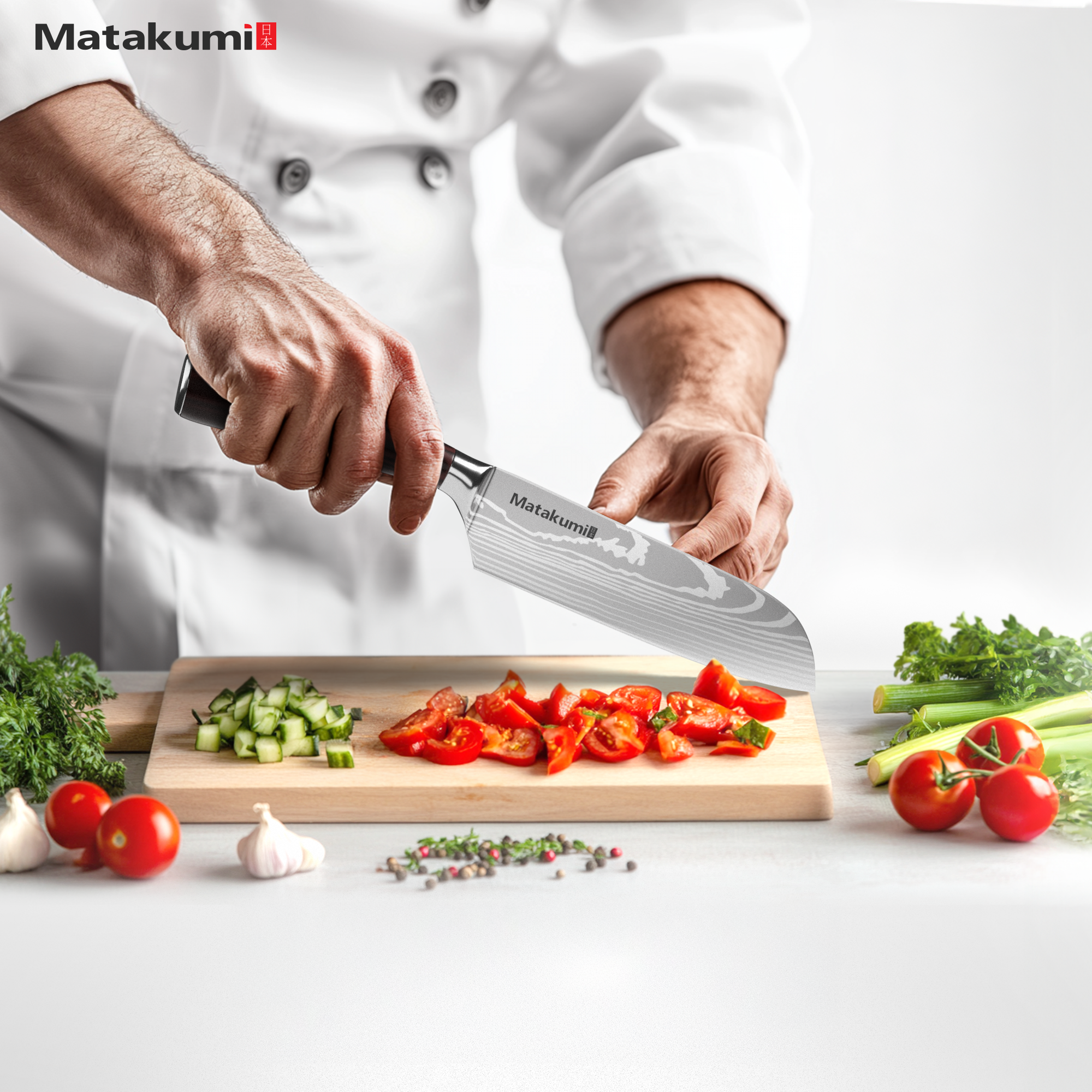What is Knife HRC Rating?
When it comes to choosing the right knife for your kitchen, the HRC rating is a crucial factor to consider. But what exactly is the HRC rating and why is it so important? Let's dive into the world of knife hardness and explore the significance of HRC ratings.
What is Knife HRC Rating?
The HRC rating, or Rockwell Hardness Scale, is a measurement of the hardness of a material, in this case, the blade of a knife. This scale is used to determine how well a knife can hold its edge and resist deformation under pressure. The higher the HRC rating, the harder the blade will be.
Why is HRC Rating Important?
Having a high HRC rating is essential for a knife as it directly impacts its performance and durability. A higher HRC rating means that the blade will be able to maintain its sharp edge for a longer period of time, reducing the frequency of sharpening. It also means that the blade will be less prone to chipping or breaking, making it more reliable for various cutting tasks.
How to Interpret HRC Ratings?
Typically, kitchen knives have HRC ratings ranging from 52 to 64. Knives with lower HRC ratings (52-58) are easier to sharpen but may require more frequent maintenance. On the other hand, knives with higher HRC ratings (60-64) will hold their edge for longer but can be more challenging to sharpen.
Choosing the Right HRC Rating for Your Needs
When selecting a knife, consider the type of cutting tasks you will be performing. If you need a knife for heavy-duty tasks like chopping through bones, a higher HRC rating would be more suitable. For delicate tasks that require precision cutting, a lower HRC rating may be preferable for easier sharpening.
Conclusion
Understanding the HRC rating of a knife is essential for making an informed decision when purchasing a new blade. By considering the HRC rating along with other factors like blade material and design, you can ensure that you choose a knife that meets your specific needs and preferences.





